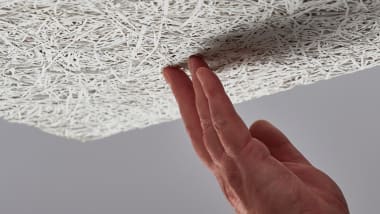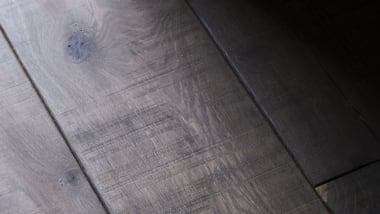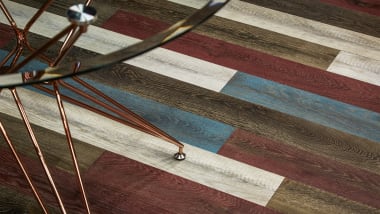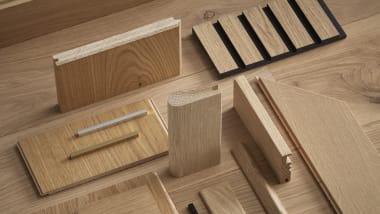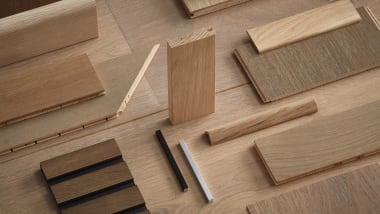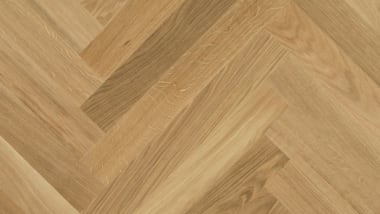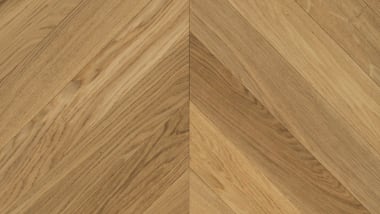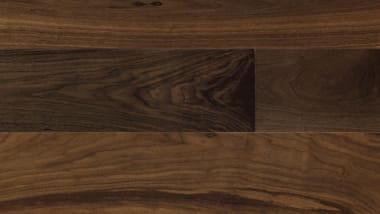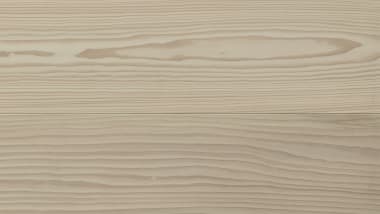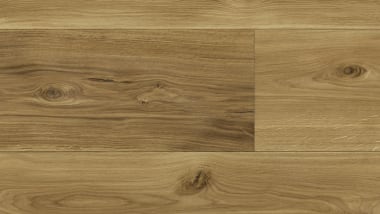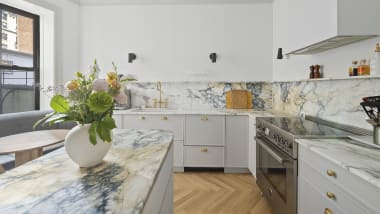From Classic to Contemporary: Exploring Popular Wood Flooring Patterns
5 Sep 2025
Wood flooring patterns do more than provide a surface to walk on, they shape the entire atmosphere of a room. From classic layouts to cutting-edge design statements, the way you arrange your flooring can dramatically impact both aesthetics and functionality. Each pattern offers a unique story, transforming spaces in subtle or bold ways.
Whether you're refreshing a heritage home or designing a modern commercial space, understanding your options helps you select a pattern that suits both style and purpose. At Havwoods, our curated collections showcase an array of patterns engineered for durability, elegance, and modern living.
Plank Pattern: A Timeless Standard Reimagined
The plank pattern is one of the most widely used wood flooring styles, and for good reason. It involves laying boards parallel to each other in straight lines, creating a streamlined, cohesive appearance that lets the natural wood shine.
This layout is especially well-suited to open-plan interiors where continuity and flow are essential. It works in virtually every design style, from modern minimalism to rustic charm. The simplicity of the plank pattern also means it can make rooms feel more expansive, especially when paired with lighter-toned wood finishes. As a bonus, this pattern is typically one of the easiest and most cost-effective to install.
Herringbone: A Sophisticated Classic
Herringbone wood flooring patterns are instantly recognisable for their zigzag layout, where each board is placed at a 90-degree angle to the next. The result is a sense of rhythm and movement that can make any space feel more structured and refined.
This pattern is rooted in centuries-old European architecture but remains incredibly popular today due to its timeless elegance. It's often used in living rooms, hallways, and commercial spaces that benefit from visual interest without being overly ornate. Herringbone can also help elongate a space, guiding the eye along its geometric flow. Whether used across an entire floor or as an inlaid feature, this pattern exudes sophistication.
Chevron: Clean Lines with European Flair
Chevron flooring resembles herringbone but with a sharper edge. Each board is cut at an angle so they meet in perfect points, creating continuous V-shapes throughout the floor. This pattern has a strong architectural impact and tends to feel a bit more contemporary and directional than herringbone.
Chevron wood flooring patterns are great for creating a sense of energy and movement, drawing the eye through the room and enhancing flow. It is especially effective in formal spaces, entryways, and design-forward interiors that benefit from bold, symmetrical detailing.
Versailles Panels: Historical Grandeur
Versailles panels are a statement choice, originally designed to bring elegance and complexity to royal residences in France. These patterns consist of small interwoven wood pieces arranged within large square panels, making the floor itself an art piece.
Though rooted in history, Versailles flooring patterns have found a place in modern interiors that demand a high-end finish. They are perfect for large entryways, formal dining areas, or anywhere you want to evoke a sense of classical luxury. While this style requires more installation expertise, the result is undeniably dramatic and richly textured.
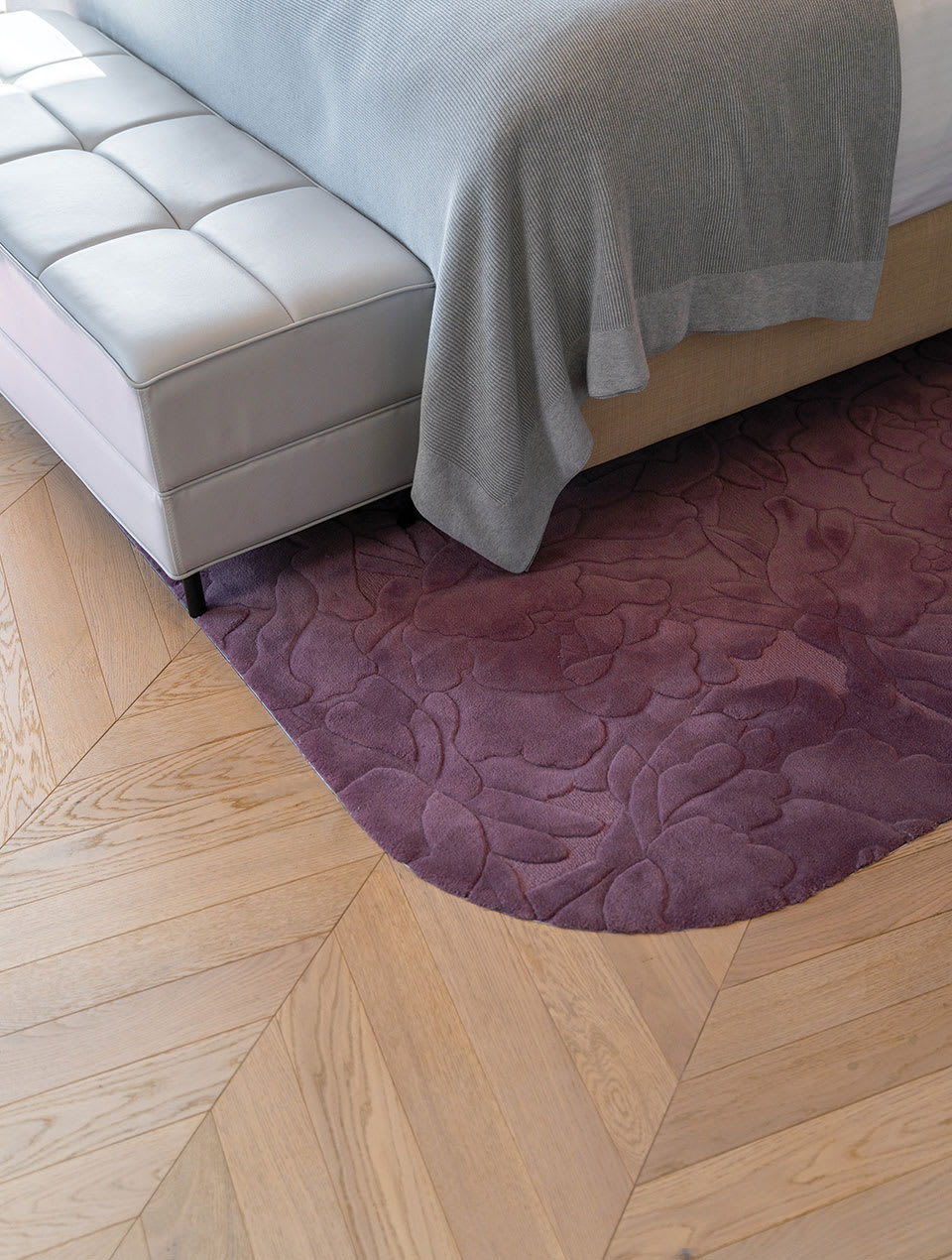
Mixed Width: Rustic Meets Refined
Mixed-width wood flooring patterns combine boards of varying widths for a more organic, artisanal look. This pattern is less rigid than others, offering visual texture and depth through variation in size. It can feel both contemporary and rustic, depending on the wood finish and surrounding décor.
This layout suits larger spaces where designers want to break up uniformity or create a handmade, lived-in vibe. It works particularly well in transitional interiors, blending modern minimalism with traditional character. Mixed-width installations are also ideal for showcasing the natural variation in wood grain.
Diagonal and Diagonal Herringbone: Angled Elegance
Laying wood flooring patterns on a diagonal can completely change the feel of a room. Whether it's straight planks or herringbone done at a 45-degree angle, this layout creates movement and interest by guiding the eye in unexpected directions.
Diagonal patterns are particularly helpful in smaller or narrower spaces, as they can make a room feel larger and more dynamic. They are a great way to add flair without adding complexity to the materials themselves. Diagonal herringbone brings a unique twist to a classic look, a subtle way to stand out while still maintaining design continuity.
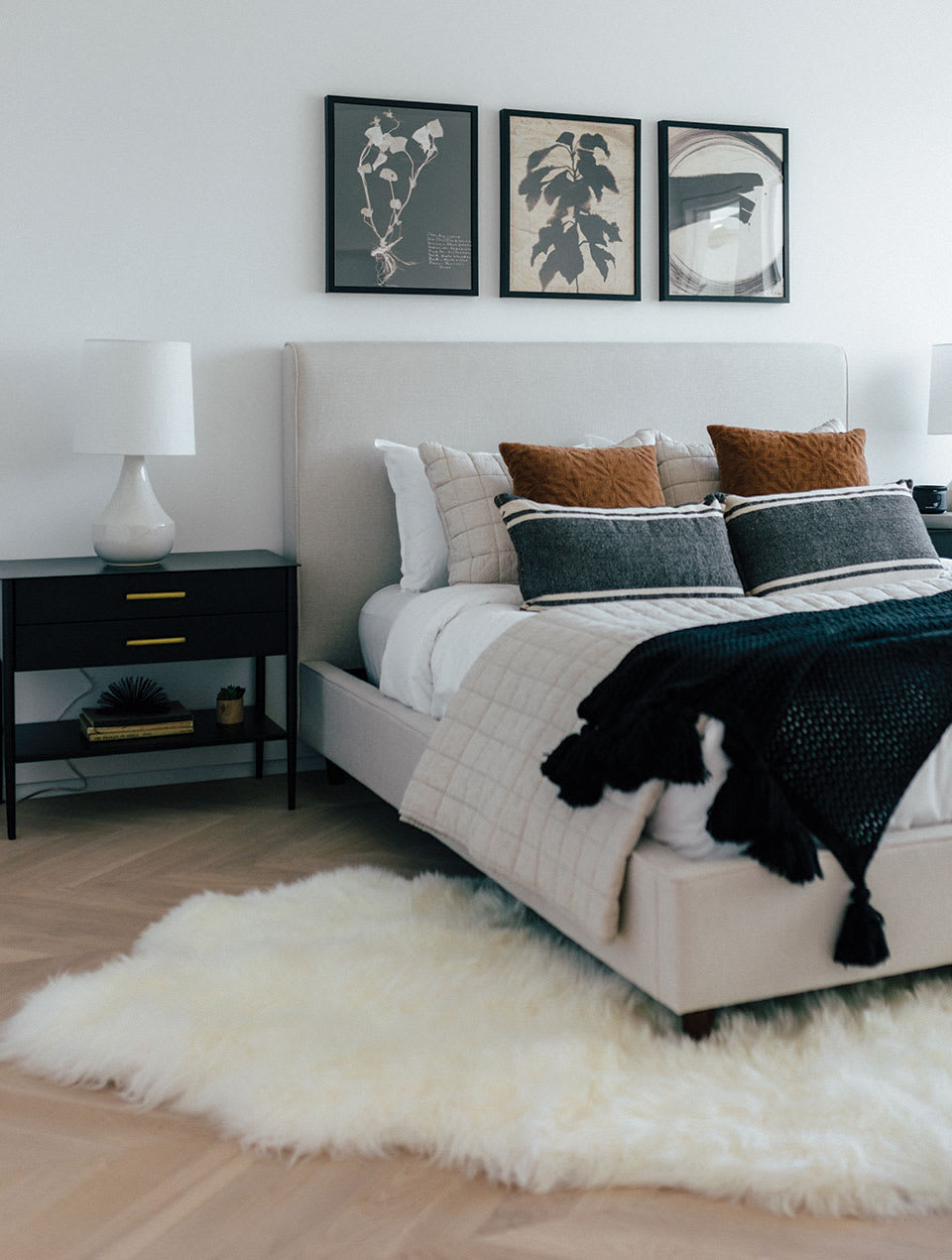
Choosing the Right Pattern for Your Space
Choosing the right wood flooring pattern is about more than visual appeal. Consider the proportions and flow of your room, your preferred interior style, and how much maintenance you’re comfortable with.
Large patterns like wide planks or chevron work beautifully in open spaces where their full form can be appreciated. Smaller spaces benefit from tighter patterns like herringbone, which bring texture and dimension without overwhelming the layout. Diagonal arrangements help guide the eye through long corridors or open-concept rooms, subtly enhancing scale and movement.
Design style also plays a key role. If your space leans traditional, classic patterns like Versailles or herringbone are a natural fit. For modern or industrial interiors, plank or chevron designs can complement clean lines and open plans. For more relaxed, earthy aesthetics, mixed-width layouts pair beautifully with matte or natural finishes.
Installation and maintenance should also factor into your decision. Intricate patterns may require skilled labor and more planning, but they often deliver unmatched impact and design longevity.
The Havwoods Approach to Pattern and Performance
At Havwoods, we understand that exceptional design starts from the ground up. That is why our flooring collections are not only crafted to meet aesthetic expectations but engineered for long-term performance. All patterns, whether plank, chevron, herringbone or beyond, are available in engineered formats, making them suitable for a variety of subfloors including those with underfloor heating.
With multi-layered construction, tongue-and-groove profiles, and advanced finishes like UV oil and lacquer, our wood flooring balances natural beauty with modern-day durability. We work closely with interior designers, architects, and homeowners to ensure every pattern enhances the space it’s in both functionally and visually.
Free samples, next-day delivery options, and expert advice make the selection process smooth and stress-free. Whether you’re working on a residential renovation or a large-scale commercial project, we make it easy to bring your vision to life.
Trending in 2025: What's Influencing Pattern Choice
The latest trends in wood flooring patterns reflect a blend of comfort, elegance, and sustainability. Warmer tones like honey and blonde are dominating interiors, favored for their organic feel and light-reflecting qualities. Patterns that highlight craftsmanship, such as herringbone, chevron, and Versailles, are seeing renewed popularity, especially in boutique hospitality spaces and design-forward homes.
Textures are also playing a major role, with finishes like wire-brushed and hand-scraped adding a tactile layer that enhances the pattern underneath. Additionally, larger-format boards are trending for their ability to minimize seams and create a more expansive, continuous surface across open-concept layouts.
Sustainability remains a driving force behind flooring decisions. Many designers and homeowners are choosing patterns not just for their style, but for their environmental credentials, favoring engineered wood from responsibly managed sources.
Final Thoughts
Wood flooring patterns are more than design choices. They are foundational to how a space feels and functions. From the classic sophistication of herringbone to the bold lines of chevron, each pattern has a distinct personality and place in modern design.
As you plan your next project, consider how different layouts will interact with your architecture, furnishings, and lifestyle. With the right pattern, your floor can become the unifying element that elevates every other part of the room.



